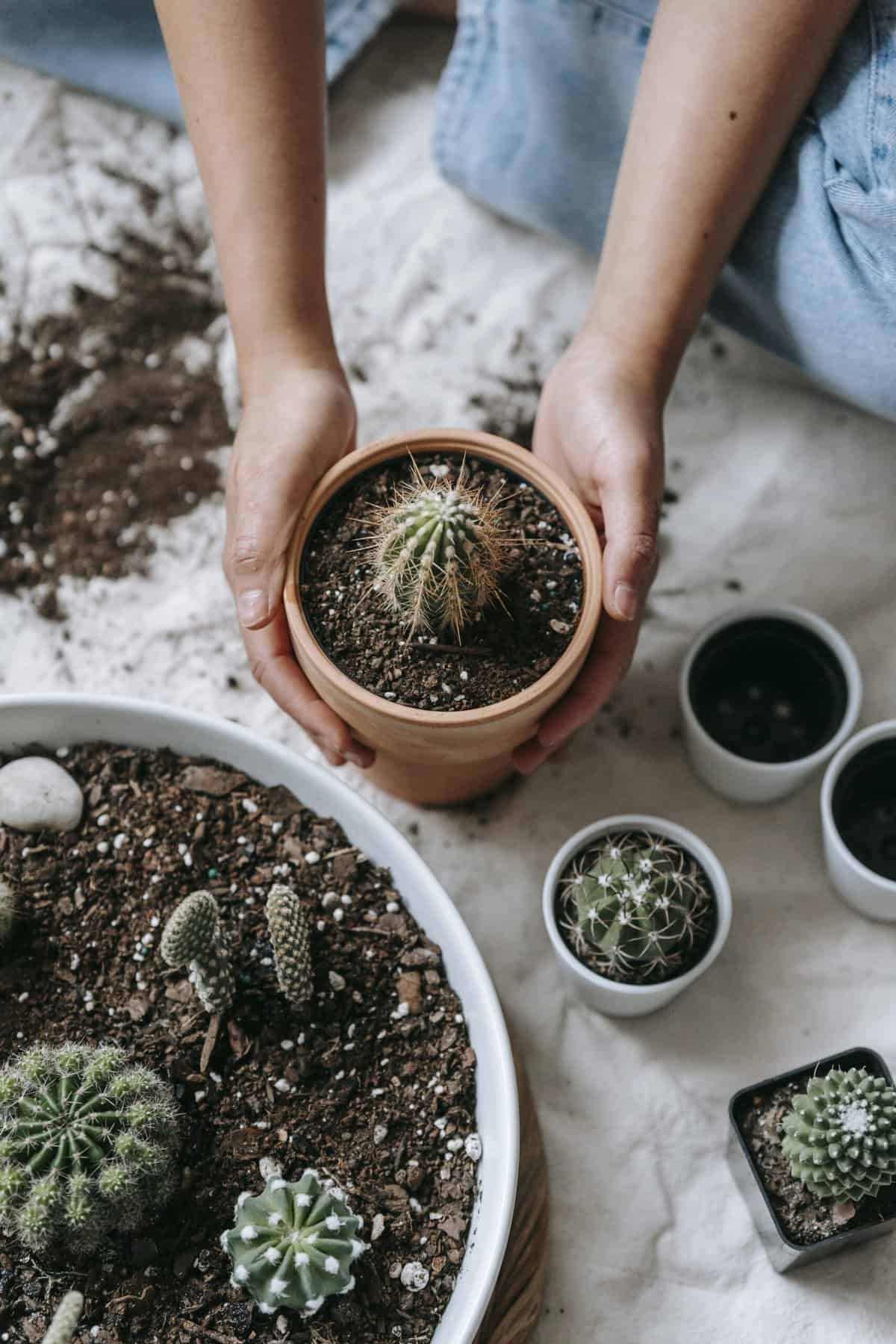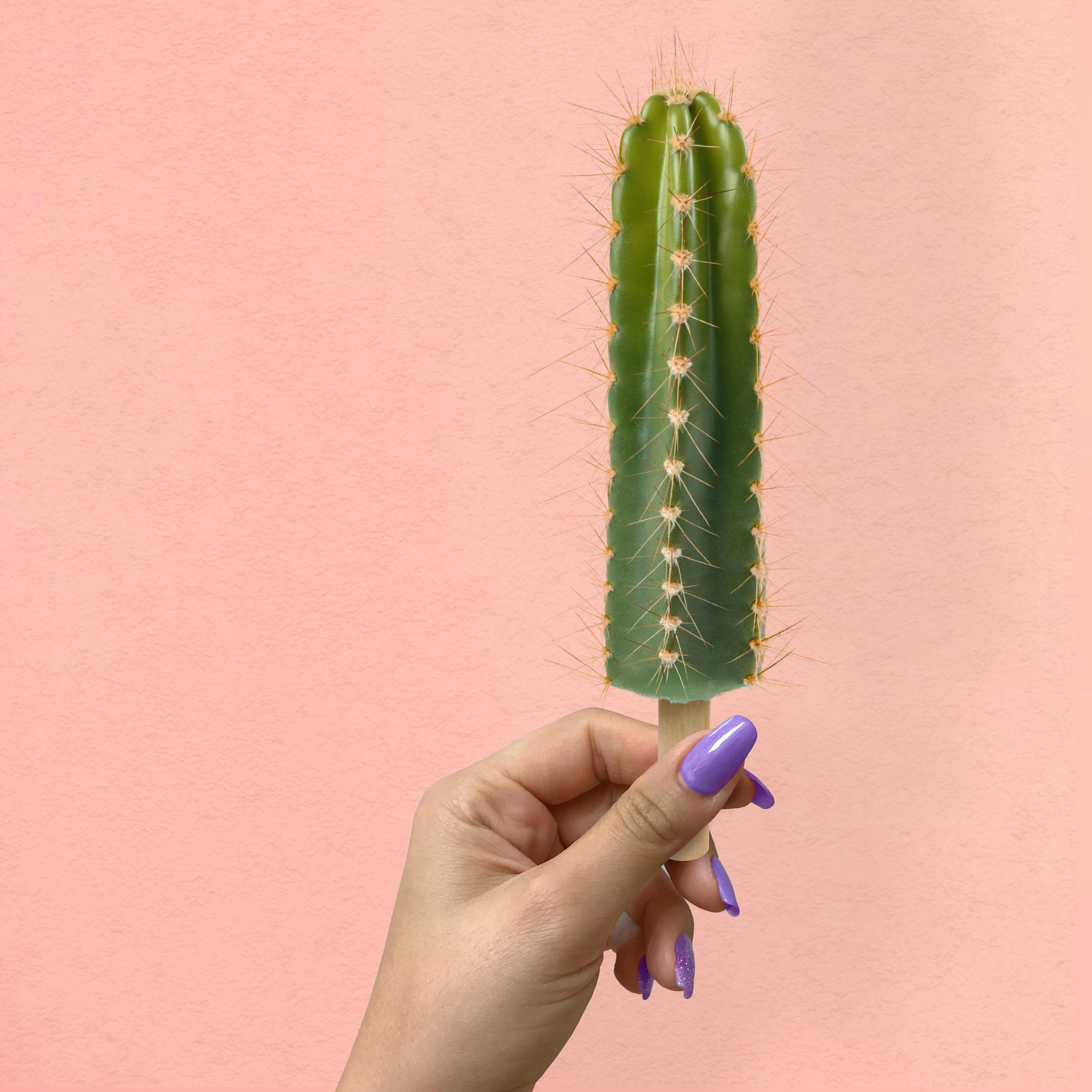So you’ve decided to incorporate nopal into your culinary adventures and you want to know the best way to prepare it before diving into your recipes. Well, fear not! Blanching nopal is a simple and important step that preserves its vibrant color, removes any bitterness, and brings out its unique flavor. In this article, we will guide you through the process of blanching nopal, ensuring that you have the most delicious and enjoyable experience with this versatile ingredient. From submerging the nopal in boiling water to the perfect blanching time, we’ve got you covered. Get ready to elevate your dishes with perfectly blanched nopal!
What is Nopal?
Nopal, also known as prickly pear cactus, is a versatile and nutritious ingredient that is widely used in Mexican cuisine. This unique plant belongs to the cactus family and is characterized by its flat, paddle-shaped stems, which are covered in spines. Nopal has been consumed for centuries and is not only delicious but also packed with essential nutrients. It offers a range of health benefits, making it a valuable addition to any diet.
Definition
Nopal is a term used to refer to the stems, or paddles, of the prickly pear cactus plant. These paddle-like structures are green and fleshly, featuring a waxy coating and small spines. Nopal can be harvested when young and tender, usually around 6-8 inches long. It is commonly used in culinary preparations, where it adds a unique flavor and texture to various dishes.
Nutritional Benefits
Blanching nopal is an excellent way to unlock its impressive nutritional profile. This low-calorie ingredient is rich in vitamins A, C, and K, as well as various minerals like calcium, magnesium, and potassium. Additionally, nopal is a good source of dietary fiber, antioxidants, and phytochemicals, which contribute to its numerous health benefits. The fiber content can aid in digestion and promote a healthy gut, while the vitamins and minerals support overall wellness and immune function.
Why Blanch Nopal?
Before incorporating nopal into your recipes, blanching is an essential step to ensure that it is safe to consume and that its unique properties are enhanced. Blanching involves briefly cooking the nopal in boiling water or steam, which helps to remove the spines and reduce the sliminess that is often associated with this plant.
Removal of Spines
The spines present on the surface of the nopal can cause discomfort and are not enjoyable to consume. Blanching helps to soften the spines, making them easier to remove. This process ensures that you can handle the nopal safely during preparation and enjoy it without any unpleasant surprises while eating.
Reduction of Sliminess
One of the common challenges when using nopal is its natural sliminess, similar to okra. Blanching the nopal helps to reduce this sliminess, resulting in a more pleasant texture when incorporated into various recipes. By blanching, you can enjoy the unique flavor and nutritional benefits of nopal without being put off by its slimy consistency.

Preparing the Nopal
Before blanching nopal, it is essential to choose fresh and high-quality specimens and ensure they are properly cleaned.
Selecting Fresh Nopal
When selecting nopal, look for firm and vibrant green paddles. Avoid those that are shriveled, discolored, or have any signs of mold. The paddles should be free of blemishes, as this indicates freshness. Additionally, opt for smaller paddles as they tend to be more tender and have milder flavors.
Cleaning the Nopal
Before blanching, it is crucial to thoroughly clean the nopal to remove any dirt, debris, or residues. Start by rinsing the paddles under cool running water, ensuring that all surfaces are cleaned. Use a vegetable brush to gently scrub away any stubborn dirt or spines. Once cleaned, pat dry with a clean towel or paper towel.
Blanching Nopal
There are several methods to blanch nopal, including boiling, steaming, and microwaving. Each method has its advantages, and you can choose the one that suits your preferences and available equipment.
Boiling Method
The boiling method is the most common way to blanch nopal. Follow these steps for perfect blanched nopal:
Step 1: Fill a Pot with Water
Fill a large pot with enough water to fully submerge the nopal paddles. Add a pinch of salt for additional flavor, if desired.
Step 2: Bring the Water to a Boil
Place the pot on the stove and bring the water to a rapid boil over high heat.
Step 3: Add the Nopal to the Boiling Water
Gently place the prepared nopal paddles into the boiling water, submerging them completely.
Step 4: Blanch for 3-5 Minutes
Allow the nopal to blanch for 3-5 minutes, depending on the thickness of the paddles. Thicker paddles may require additional blanching time.
Step 5: Drain and Rinse the Nopal
Once blanched, carefully remove the nopal from the boiling water using tongs or a slotted spoon. Rinse them briefly under cold water to stop the cooking process and cool them down.

Steaming Method
If you prefer a gentler cooking method, steaming is an excellent option for blanching nopal. Here’s how to do it:
Step 1: Prepare the Steamer
Fill a pot with water, ensuring that the water level is below the steamer basket. Place the pot on the stove and bring the water to a boil.
Step 2: Place the Nopal in the Steamer
Arrange the cleaned nopal paddles in a single layer in the steamer basket. If necessary, you can stack multiple layers, but make sure there is enough space for steam circulation.
Step 3: Steam for 5-7 Minutes
Cover the steamer and allow the nopal to steam for 5-7 minutes, or until they are tender and the spines have softened.
Step 4: Remove and Rinse the Nopal
Using tongs or a kitchen mitt, carefully remove the steamer basket from the pot. Rinse the steamed nopal under cold running water to cool them down and halt the cooking process.
Microwave Method
If you’re short on time, the microwave method offers a quick and convenient way to blanch nopal. Here’s how to use this method:
Step 1: Place the Nopal in a Microwave-Safe Dish
Arrange the cleaned nopal paddles in a microwave-safe dish, ensuring they are not overcrowded.
Step 2: Add Water to the Dish
Pour a small amount of water into the dish, enough to lightly cover the bottom and submerge the nopal slightly.
Step 3: Cover the Dish
Cover the microwave-safe dish with a microwave-safe lid or microwave-safe plastic wrap. Leave a small vent or opening to allow steam to escape.
Step 4: Microwave for 3-5 Minutes
Place the dish with the nopal in the microwave and cook on high for 3-5 minutes, depending on the wattage of your microwave and the thickness of the paddles.
Step 5: Drain and Rinse the Nopal
Once microwaved, carefully remove the dish from the microwave using oven mitts or a towel. Drain the excess water and rinse the blanched nopal under cold running water to cool them down.

Using Blanch Nopal in Recipes
Now that you have perfectly blanched nopal, it’s time to explore the various ways you can incorporate it into your favorite recipes.
Example Recipes
Blanched nopal can be used in an array of delicious recipes. From salads to main dishes, its unique flavor and texture can elevate your culinary creations. Here are a few examples to inspire you:
- Nopal Salad with Fresh Citrus Dressing: Toss blanched nopal with a mix of fresh greens, citrus segments, and a tangy dressing for a refreshing and nutritious salad.
- Nopal Tacos: Sauté blanched nopal with onions, garlic, and your choice of spices. Serve the mixture in warm tortillas and top with salsa, avocado, and cilantro for a flavorful taco filling.
- Nopal and Egg Scramble: Add chopped, blanched nopal to your scrambled eggs for a vibrant and nutritious breakfast option. Top with your favorite cheese for an extra indulgence.
Adding Blanch Nopal to Salads
Blanched nopal adds a unique texture and flavor to salads, making them more exciting and vibrant. Slice the blanched nopal into thin strips or dice them into small cubes and mix them with your favorite salad ingredients. Whether you prefer a simple green salad or a more elaborate medley of vegetables, the addition of blanched nopal will surely elevate the overall taste and nutritional value.
Incorporating Blanch Nopal into Main Dishes
From stir-fries to soups, blanched nopal can be an excellent addition to a wide range of main dishes. Its distinct taste and texture can complement various flavor profiles, making it a versatile ingredient in savory recipes. When using blanched nopal in main dishes, consider combining it with other vegetables, proteins, and seasonings that will enhance its natural flavors and nutritional benefits.
Storage and Shelf Life
Once you have blanched nopal, it’s important to store it properly to maintain its freshness and extend its shelf life.
Storing Blanch Nopal
Place the blanched nopal in an airtight container or resealable plastic bag. Ensure that it is drained thoroughly to prevent excess moisture, which can cause spoilage. Store the blanched nopal in the refrigerator, where it can stay fresh for up to 5 days.
Shelf Life of Blanch Nopal
Blanching nopal helps to prolong its shelf life compared to using it fresh. When stored correctly in the refrigerator, blanched nopal can generally be kept for up to 5 days without significant deterioration in quality. However, it is always best to consume it as soon as possible for the best taste and texture.
Conclusion
Blanching nopal is a simple yet crucial step to enhance its flavor, texture, and overall safety in culinary preparations. By removing the spines and reducing the sliminess, blanched nopal becomes a versatile ingredient that you can enjoy in various recipes. Whether you choose to use the boiling, steaming, or microwave method, blanching helps unlock the nutritional benefits of nopal while increasing its culinary potential. So, give it a try and discover the delightful world of blanched nopal in your favorite dishes!

